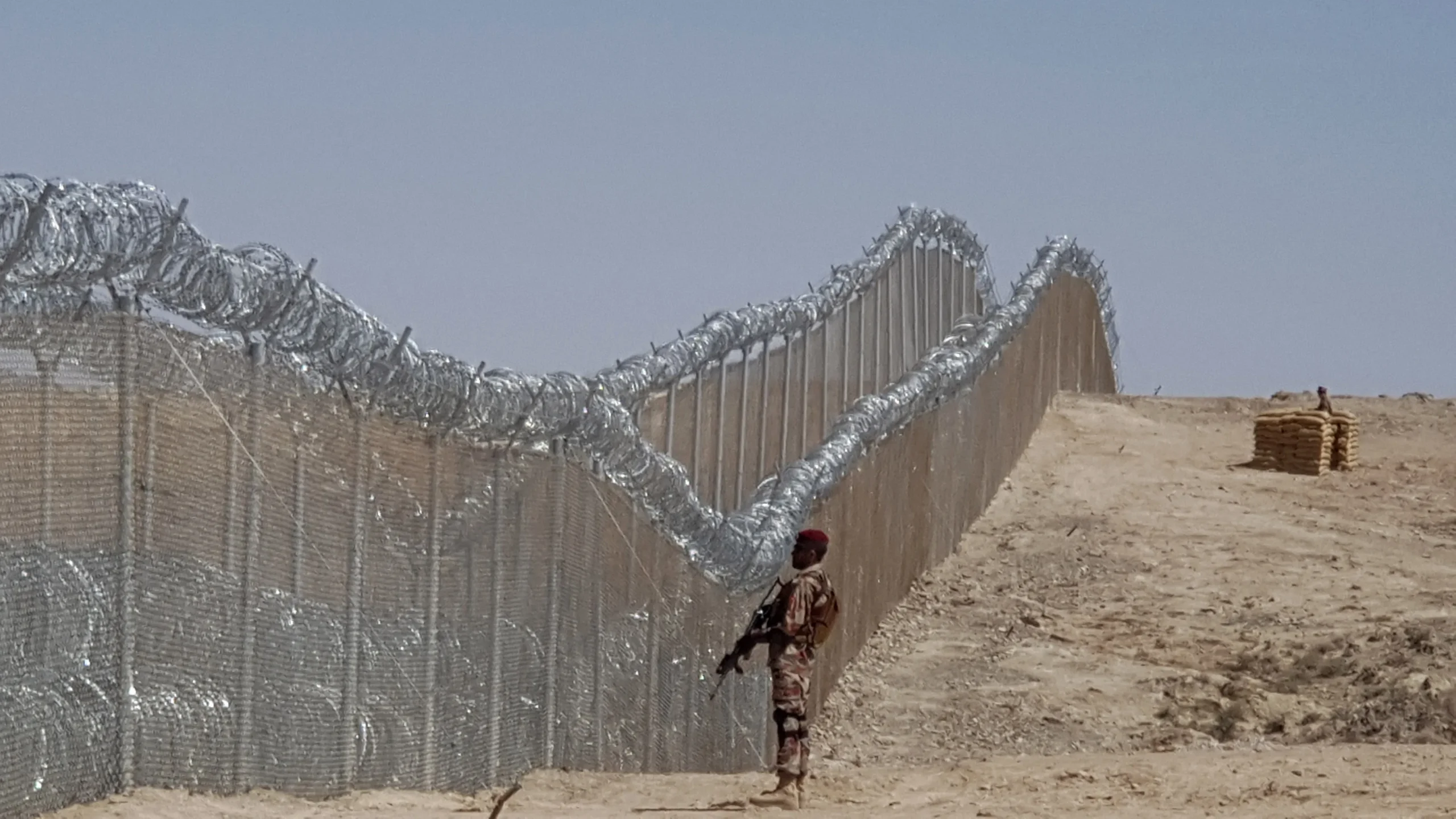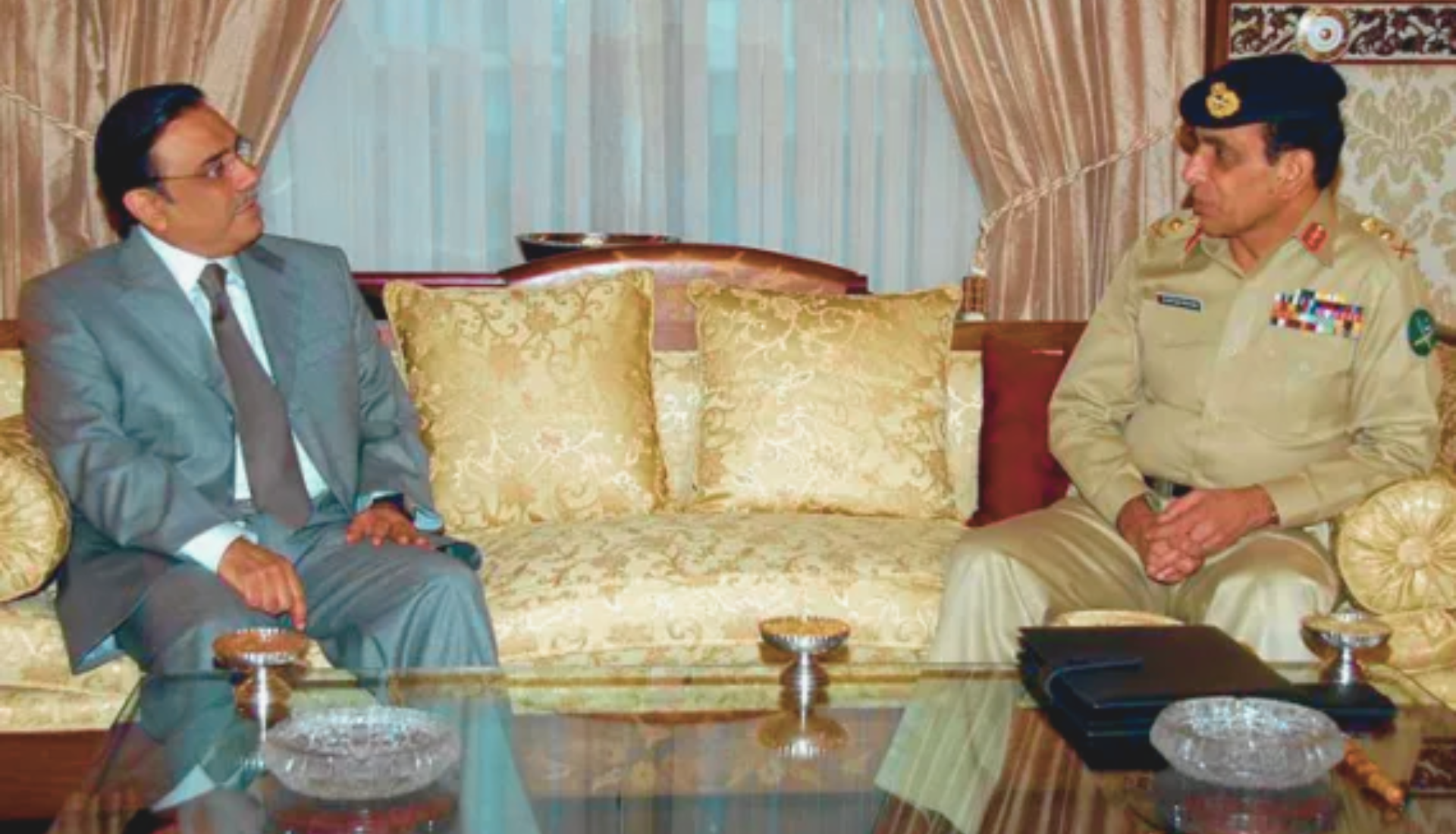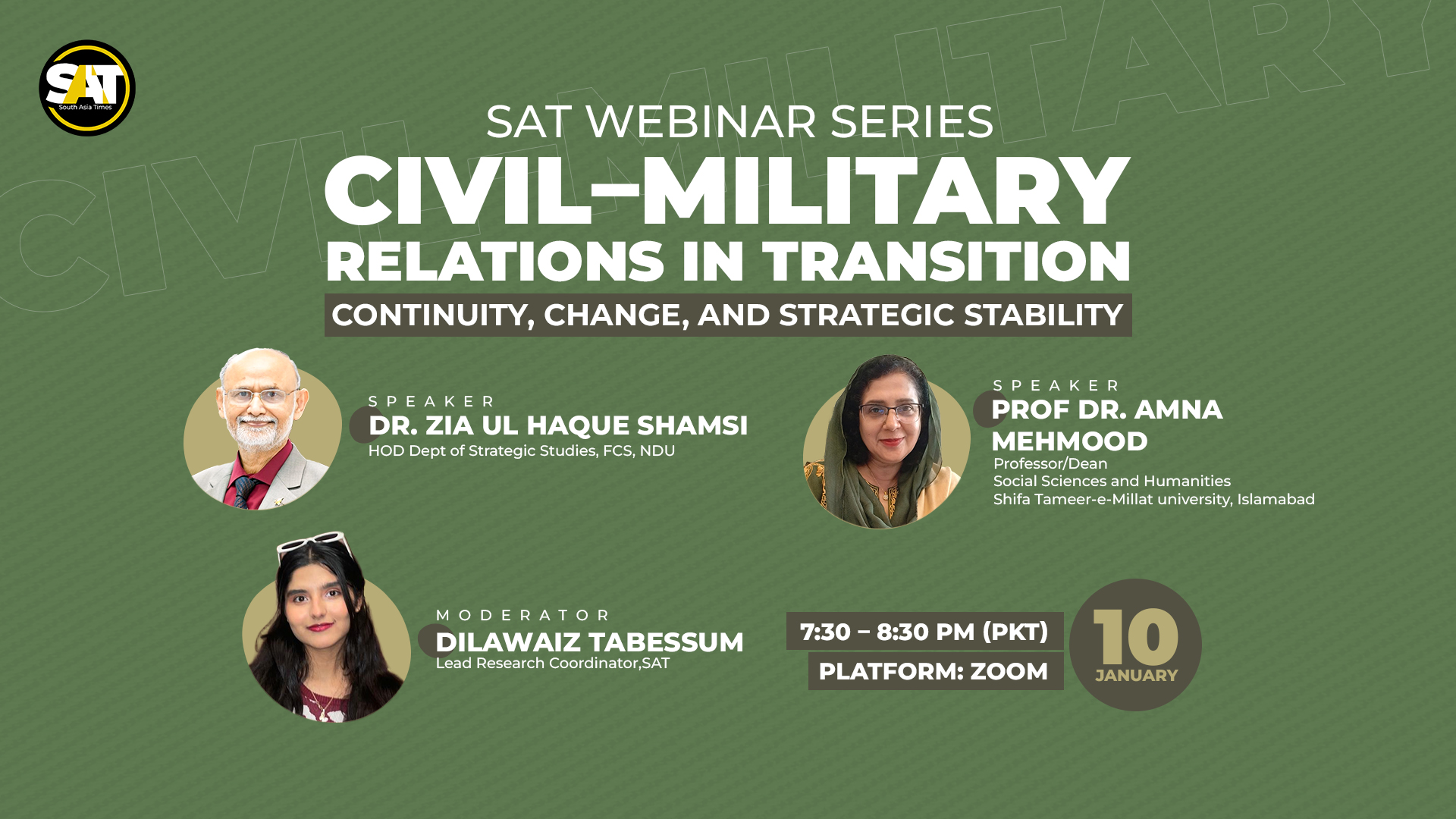The objective of juvenile development centres
According to the Ministry of Social Welfare, the JDCs take the responsibility of caring, protecting, providing food, housing, clothing, medical care, education, vocational training, and correctional and human development, and counselling to the committed children.
Moreover, these are done as per the provisions of The Child Act, 2013, the National Children Policy, and in accordance with the provisions of the UN Convention of the Rights of the Child (UNCRC).
However, On August 13, three inmates were killed. A further 15 injured in the Jessore JDC due to torture by officials.
The Investigation
No rehabilitation activities are carried out in the centre. Similarly, officials appointed to such centres have to generally be more sensitive and humane as they are dealing with minors. A large majority of them do not possess adequate skills to deal with juvenile delinquency. There are huge irregularities in serving food, medicines, and other essentials.
Expert’s comment on the state of affairs
Associate Professor Dr Kamal Choudhury of Clinical Psychology at the Dhaka University said: “It is not clear that any plan exists at juvenile centres for helping juveniles develop.”
“Officials do not follow any method for improving a child. Besides, they allow wrongdoings to continue which helps the inmates to become more aggressive,” he told Dhaka Tribune.
“The government should monitor the juvenile centres properly and revise its operating procedures to avoid any further incidents,” he added.
What’s happening in the centres?
There are three JDCs in Bangladesh – National Juvenile Development Centre, Tongi, Gazipur (for 300 boys); National Juvenile Development Centre, Konabari, Gazipur (for 150 girls); and Juvenile Development Centre, Jessore (for 150 boys). In Gazipur JCD for boys, there were 941 inmates at a time, at one period.
Inmates had to shower and sleep together in congested rooms, leading to diseases. Medicines needed to be provided by their guardians as the infirmary did not have sufficient stock.
What is more?
Overpopulated, low on manpower, low-grade food, no medical facility, administrative weakness, and budget deficit are all factors taking their toll on the centres.
Brutal torture, murder cases, and irregularities are not new. Inadequate counselling and motivation along with bullying and torture by officials and other inmates have lead to suicides, and self-harm as protest, in these centres. There have also been cases of escape to avoid torture and clashes between inmates and officials.
Furthermore, after the triple murder case, guardians and rights activists have become more anxious. Moreover, many guardians are trying to contract with their children physically which the authorities are not permitting right now.





